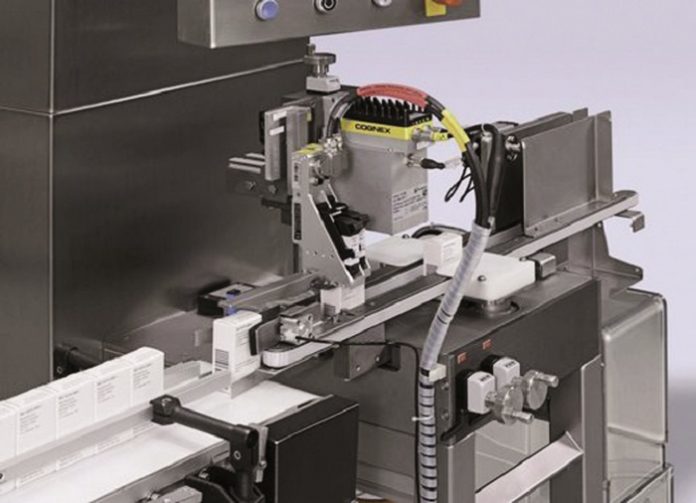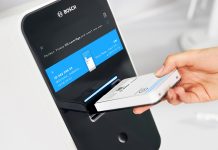
Bosch Packaging Technology has expanded its portfolio for the serialization of pharmaceutical packaging. In the fight against counterfeit drugs, many countries are about to implement legislation changes for a stricter labelling of pharmaceuticals. Consequently, drug manufacturers require safer and more flexible solutions. “With our serialization concept, we offer customers more than just a machine,” explains Daniel Sanwald, product manager at Bosch Packaging Technology.
Connection of machine and software
The Carton Printing System (CPS) forms the basis of all serialization solutions from Bosch. It has been continuously developed regarding flexibility and userfriendliness. Depending on customer requirements, the system prints 1D or 2D data matrix codes on up to 400 folding cartons a minute. The machine is easy to operate from the front, so that mechanical components are quickly accessible in case of format changes. An optimized threading of the labelling tape reduces downtime of the CPS 1900 to a minimum.
According to Sanwald, “Our IT system is equipped for all three cases. The Bosch machines can also be flexibly combined with systems from other IT providers.” The IT concept has further advantages for production companies — production parameters and data of all packaging lines are clearly visible at all times. “In the case of unforeseen events like downtime or modification, capacities are automatically re-planned. The connection of our machines with the corresponding IT offers companies a new production foresight,” Sanwald says.
Modular design for additional safety
Due to its modular design, the CPS system can be extended by further modules. For example, a weighing module inspects the weight of each folding carton individually. Existing machines can also be equipped with a tamper evident module. The labeller applies additional safety seals across the side flap of the folding carton, thus offering optimum protection against manipulation. Sensor systems carry out safe and reproducible checks of seal presence and correct application. The machine and all applications, such as the camera, are operated via a single human machine interface (HMI). “The operator has a uniform look and feel, and does not need to switch between different HMIs. Moreover, this makes the central audit trail a lot easier,” Sanwald underlines.
Growing global need for serialization

According to experts at Bosch, the need for serialization technology will continue to grow over the coming years. Amongst others, 2015 will see the implementation of new guidelines in Saudi Arabia, where drug packaging must be equipped with a data matrix code step-by-step, followed by serial numbers in 2016. In Brazil, individual batches must be serialized as of 2015, before it becomes obligatory the following year. The US Food and Drug Administration (FDA) aspires to implement a standardized identification for all prescription drugs in form of a 2D data matrix code in a step-by-step approach until the end of 2023. The European Union’s Falsified Medicines Directive 2011/62/EU stipulates coded packaging with a 2D data matrix code and a unique serial number for nearly all prescription drugs, presumably from the first quarter of 2018. With the flexible serialization solutions from Bosch, pharmaceutical manufacturers are well-equipped for all regulatory
requirements worldwide.










